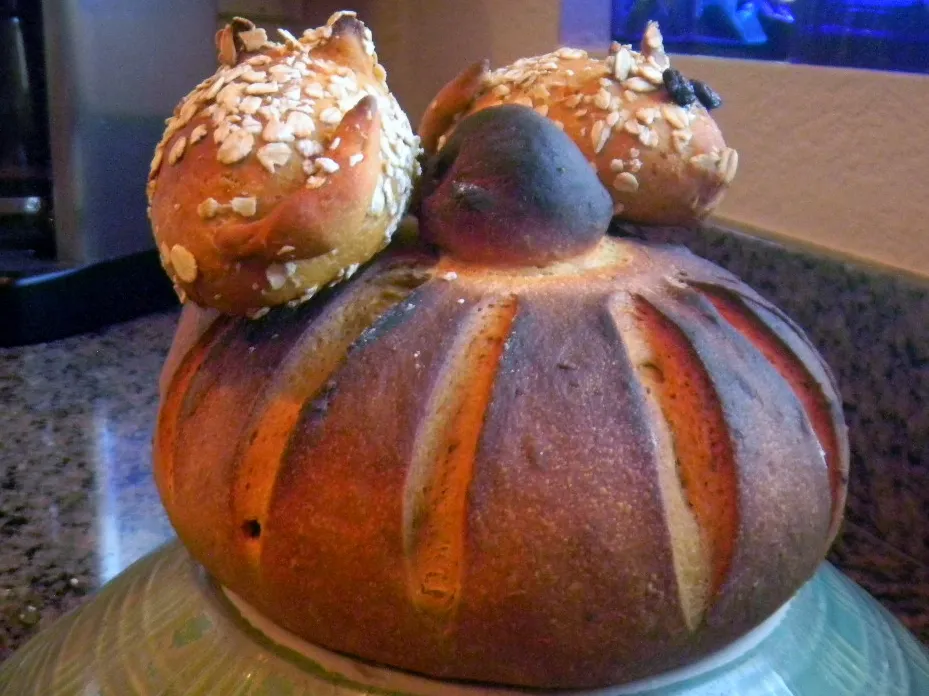20% Whole Grain 9 Grain Sourdough

We are going to call this bake out WBD bake along with the Mice Guarding the Pumkin. Nest year we will try to get it baked on the right day for a change - or maybe not :-)
We looked everywhere but couldn’t find any SD white bread. So, for this Friday’s bake we decided to make one. Lucy managed to find 8 whole grains to grind for the whole grain portion and then decided to throw in some semolina to make a 9 grain sourdough.
- Log in or register to post comments
- 21 comments
- View post
- dabrownman's Blog






